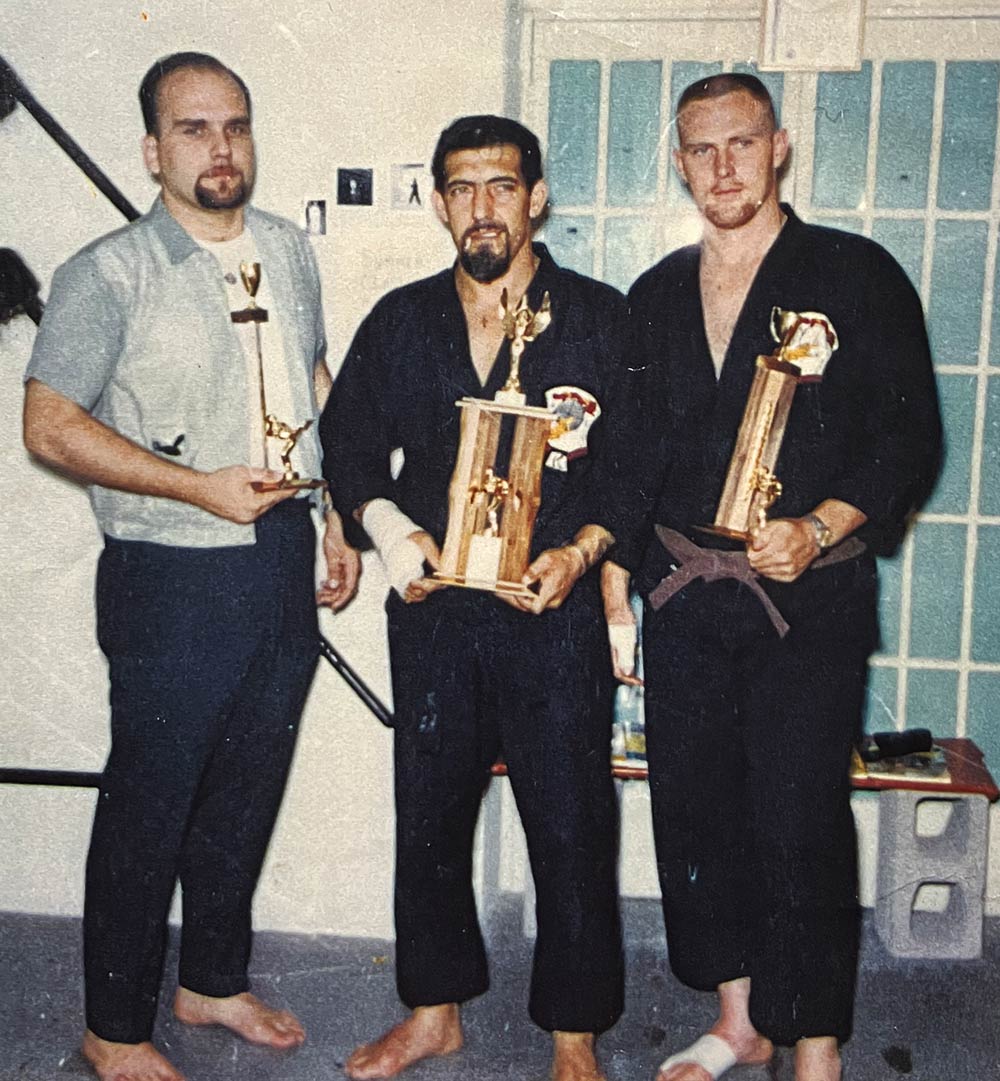Grab Bag #011
A man who sleeps a week, Karl Malden, my Dad, and where to eat in 1953.

My father grew up in straitened circumstances: abusive father who died when he was 12, public housing, juvenile trouble with the law. He lived alone at a YMCA when he got out of high school, sold shoes, worked as a hospital orderly, and flirted with entering a number of religious seminaries.
Stephen Francis LaBounty only found himself when he found martial arts. Beginning with a judo class he attended on a whim in the early 1960s, my dad went on to win trophies in international karate tournaments. He was heavyweight karate champion of California in 1972 and 1973.
For the rest of his life, “Sigung” LaBounty was an well known and respected teacher of Ed Parker’s system of Chinese Kenpo Karate.

While my father was rarely ahead of the curve on societal trends, he had tons of experience under his karate belt when Bruce Lee’s early 1970s emergence sparked an explosion of popular interest in kung fu, karate, tae kwon do, judo, ninjas, and any Asian-flavored chopping/kicking action.
My father taught David Crosby from Crosby, Stills, and Nash. His teacher, Ed Parker, gave Elvis lessons. Dudes like Chuck Norris, who my dad knew from the tournament circuit, became movie and TV stars, and suddenly my father had an agent.

There are terrible movies in the world in which Stephen F. LaBounty plays a denim-vested bully or a rip-off of the Oddjob chauffeur from Goldfinger, but his most minor appearance was the one that allowed me some bragging rights on the playground. In the pilot for The Streets of San Francisco my father took a dive impressing Karl Malden.

For the kids: The Streets of San Francisco was a television series which ran on ABC from 1972 to 1977, back when we had three big networks and a couple of channels on the UHF band if we wiggled the TV rabbit ears just right. The show’s big star was Academy Award-winner Karl Malden and its little star was Michael Douglas, then known only as the son of movie legend Kirk Douglas.

